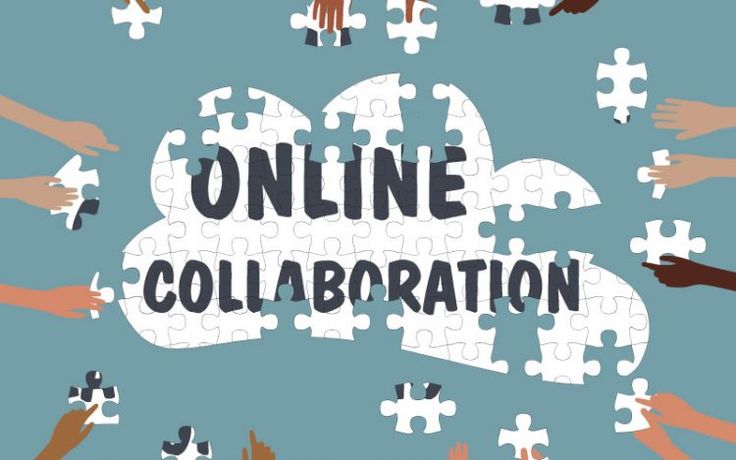
In the evolving landscape of higher education, collaboration is key to achieving educational objectives and creating impactful learning experiences. Among the array of professionals that contribute to this mission, instructional designers play a pivotal role. Understanding how to collaborate effectively with instructional designers can significantly enhance the quality of education delivered.
Instructional designers are experts in learning theory and online course development. They work hand in hand with faculty to create engaging and effective educational content that leverages technology and pedagogical best practices. However, successful collaboration doesn’t happen by chance; it requires understanding, mutual respect, and clear communication.
Firstly, acknowledge the expertise that instructional designers bring to the table. Their knowledge of educational technology, curriculum design, and assessment can transform traditional coursework into interactive and accessible digital content. Faculty should see them as allies in education – partners who can offer new perspectives on teaching strategies and learning objectives.
Effective collaboration begins with clear communication. When working with instructional designers, articulate your vision for the course and your understanding of the students’ needs. Be open to suggestions and willing to incorporate innovative teaching methods that may be outside your experience.
Set up regular meetings to track progress and stay aligned on goals. Engaging in ongoing dialogue allows both sides to provide feedback and make adjustments as necessary. Keep in mind that collaboration is a two-way street; just as you expect instructional designers to understand your perspective, it’s crucial to be receptive to theirs.
Remember, too, that successful partnerships are built on respect for each other’s time and workload. Plan well ahead for course development so that there’s ample time for both creation and revisions without undue pressure.
Finally, consider students’ needs as central during collaboration. The objective is not just a polished product but an educational experience that is meaningful, accessible, and conducive to student success. Regularly solicit student feedback about their learning experience; this data can inform future collaborations between educators and instructional designers.
In summary, effective collaboration with instructional designers in higher education requires recognizing their specialized expertise, maintaining open lines of communication, respecting each professional’s contributions, planning ahead for comprehensive course development cycles, and always prioritizing student outcomes. By following these guidelines, faculty members will be well-equipped to work symbiotically with instructional designers to deliver exemplary educational experiences.
